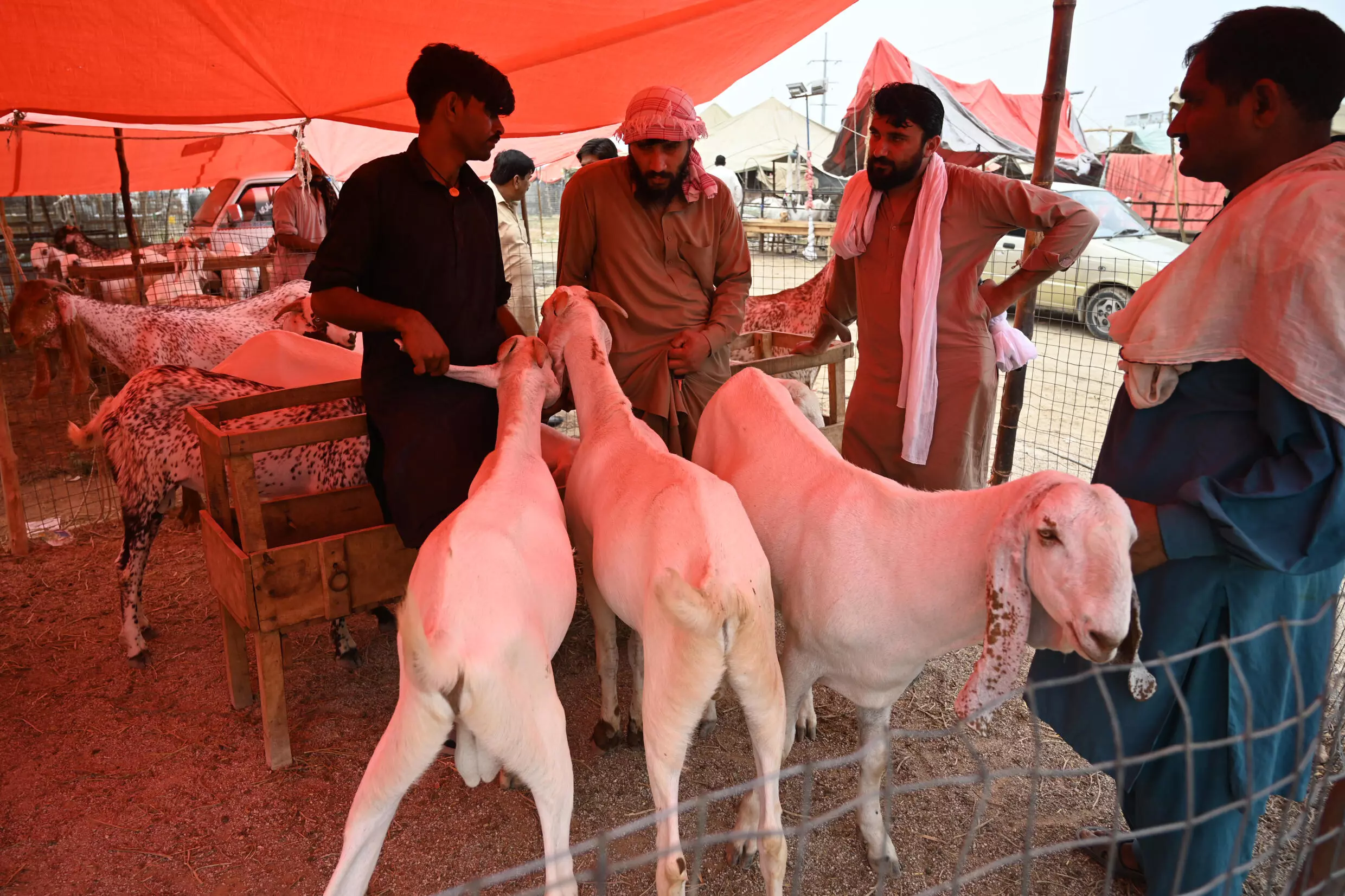Is Karachi undergoing wet-bulb phenomenon? – M Haris
KARACHI:
Karachi city has been experiencing extreme heat in recent months, with temperatures soaring to record-breaking levels.
What is the ‘wet-bulb’ temperature?
Wet-bulb temperature is a measure of how hot it feels outside, combining both air temperature and humidity. It is calculated by covering a thermometer with a water-soaked cloth. The process of the water evaporating from the cloth mirrors how the human body cools down through sweating.
At 100% relative humidity, the wet-bulb temperature is the same as the dry air temperature, but with less humidity, it is lower.
How does a high ‘wet-bulb’ affect the human body?
High wet-bulb temperatures are dangerous because humans lose around 80% of heat through sweating.
When both humidity and air temperature are high, it becomes harder for the body to shed excess heat. Sweat evaporates very slowly, if at all, in very humid conditions.
If the body cannot cool down, it will eventually overheat, triggering respiratory and cardiovascular issues, and even death.
The threshold for dangerous wet-bulb temperatures is an area of ongoing research. A landmark study found that a wet-bulb temperature of 35°C persisting beyond six hours could induce hyperthermia in people and cause serious health consequences or death.
However, more recent research suggests that the limit could be lower, between 30°C and 31°C.
Is climate change driving it?
Climate change is predicted to affect not just how high wet-bulb temperatures get but also how long they persist.
The upper range of wet-bulb temperatures scales directly with the climbing global average temperature. If the world warms by about 1°C, the maximum wet-bulb temperature that might be experienced over much of the world increases by about one degree.
This means that large parts of the world, including Karachi, are at risk of experiencing lethal wet-bulb temperatures even with moderate warming.
What is the wet-bulb temperature at 100 humidity?
It has been widely believed that a 35°C wet-bulb temperature (equal to 95°F at 100% humidity or 115°F at 50% humidity) was the maximum a human could endure before they could no longer adequately regulate their body temperature, which would potentially cause heat stroke or death over prolonged exposure.
Karachi is at risk!
Karachi has been experiencing temperatures above the average temperature for several days, with humidity levels reaching over 80%.
The heatwave has been prolonged, with temperatures persisting above the average for several days, leading to severe heat stress conditions. Karachi’s extreme heat poses significant health risks to its residents.
The city’s prolonged heat waves, combined with high humidity, make it difficult for people to cool down, increasing the risk of heat-related illnesses.
Understanding the dangers of wet-bulb temperatures is crucial for taking necessary precautions and mitigating the impact of heat waves on public health.
Although the wet-bulb phenomenon has not kicked in yet in Karachi, the city is near the threshold.


